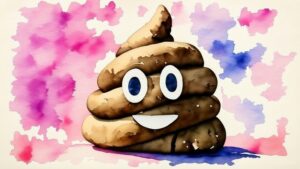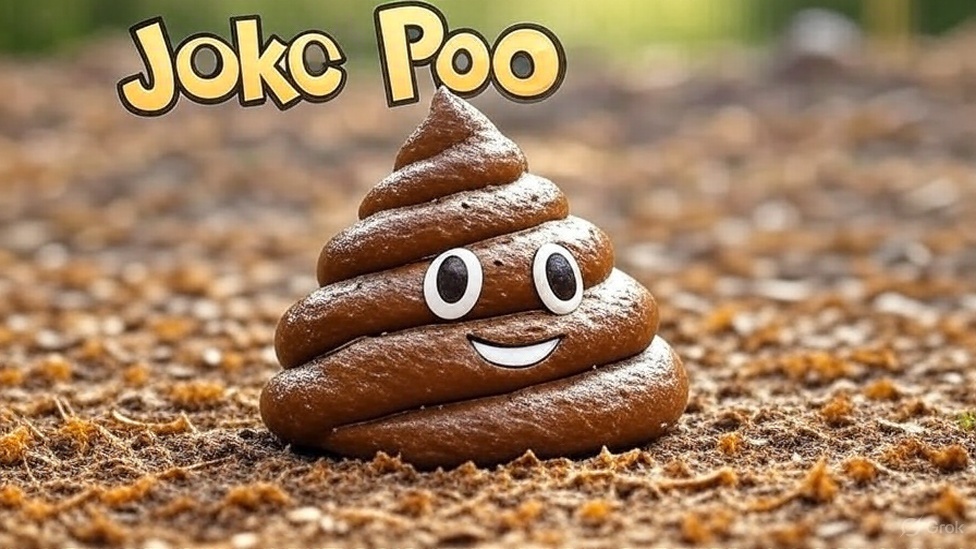A Joke Unpacking Its Origins, Significance, and Why We Can’t Stop Laughing
“A day without laughter is a day wasted,” Charlie Chaplin famously quipped. And who could argue? From a quick chuckle over a pun to hearty guffaws at a well-told story, jokes and humor are integral threads in the fabric of human experience. But have you ever wondered where jokes come from, why we find them funny, and what role they play in our societies? Let’s delve into the fascinating world of jokes.
The Ancient Art of the Chuckle: Tracing the Origins of Jokes
Believe it or not, the desire to share a laugh is ancient. The oldest recorded joke dates back to 1900 BC Sumeria and, perhaps unsurprisingly to modern ears, it’s a fart joke! The Philogelos (meaning “Laughter Lover”), a Greek anthology from the 4th or 5th century AD, is the oldest surviving collection of jokes, containing over 260 jests, many of which still resonate with familiar themes like the absent-minded professor or the witty servant.
These early examples show that humor, in its various forms, has been a human constant. Whether carved on ancient tablets, whispered in Roman forums, or performed by court jesters, the fundamental structure of setting up an expectation and then cleverly subverting it has been making people laugh for millennia.
Why Do We Laugh? The Psychology Behind a Good Joke
The question of *why* we find things funny has intrigued philosophers and psychologists for centuries. Several theories attempt to explain the mechanisms of humor:
- Superiority Theory (Plato, Aristotle): This theory suggests we laugh at the misfortunes or perceived inferiority of others, making us feel superior. Think slapstick comedy or jokes about someone’s foolish mistake.
- Relief Theory (Sigmund Freud): Freud proposed that humor provides a release for nervous energy and repressed thoughts or desires. Jokes that touch on taboo subjects (sex, aggression, death) often fall into this category, allowing us to momentarily lift social inhibitions.
- Incongruity Theory (Kant, Schopenhauer): Perhaps the most widely accepted theory today, this posits that humor arises from the perception of something incongruous – when we recognize a mismatch between expectation and reality. The punchline of a joke often creates this surprising twist, a cognitive shift that triggers laughter. As Arthur Schopenhauer put it, laughter is “the sudden perception of the incongruity between a concept and the real objects which have been thought through it in some relation.”
Often, a good joke will weave elements from multiple theories, creating a complex and satisfying comedic experience.

More Than Just a Laugh: The Societal Significance of Jokes
Jokes are far more than mere frivolous entertainment; they play crucial roles in society:
- Social Bonding and Icebreaking: Sharing a laugh is a powerful way to connect with others. As Victor Borge said, “Laughter is the shortest distance between two people.” Jokes can ease tension, build rapport, and foster a sense of shared understanding and community.
- Social Commentary and Subversion: Humor, especially satire, can be a potent tool for social critique. Jokes can challenge authority, question norms, and highlight societal absurdities in a palatable way. Comedians often act as modern-day jesters, speaking truth to power under the guise of entertainment.
- Coping Mechanism: Laughter can be a vital coping mechanism in times of stress, grief, or hardship. “Gallows humor” allows individuals to confront difficult realities and assert a sense of control or perspective. Mark Twain wisely noted, “The human race has one really effective weapon, and that is laughter.”
- Cultural Identity and Transmission: Jokes often reflect cultural values, stereotypes, and shared knowledge. Inside jokes strengthen group identity, while understanding humor from different cultures can offer insights into their perspectives.
The Anatomy of a Joke: What Makes It Tick (and Click)?
While humor is subjective, most successful jokes share common structural elements:
- The Setup: This introduces the characters, setting, and initial premise, building an expectation in the listener’s mind.
- The Punchline: This is the critical twist or unexpected turn that shatters the initial expectation, creating the incongruity that often leads to laughter.
- Misdirection: Skilled joke-tellers often lead the audience down one path, only to reveal a surprising detour with the punchline.
- Relatability and Timing: Jokes that tap into common experiences or observations often land better. Furthermore, the delivery and timing of a joke can be just as important as the words themselves.
Consider a simple classic: “Why don’t scientists trust atoms? Because they make up everything!” The setup (“Why don’t scientists trust atoms?”) creates a question. The punchline (“Because they make up everything!”) plays on the double meaning of “make up,” subverting the expectation of a serious scientific reason with a pun.

The Laughter Prescription: Health Benefits of Humor
Beyond the social and psychological, laughter has tangible health benefits:
- Stress Reduction: Laughter triggers the release of endorphins, the body’s natural feel-good chemicals, and can soothe tension.
- Immune System Boost: Positive emotions can increase cells that fight infection.
- Improved Mood: It’s hard to feel down when you’re genuinely laughing.
- Pain Relief: Laughter may help ease pain by causing the body to produce its own natural painkillers.
Conclusion: The Timeless Tale of a Joke
From ancient quips to modern stand-up routines, jokes remain a fundamental and beloved part of human culture. They connect us, challenge us, heal us, and, most importantly, they make us laugh. The ability to find humor in the world, to craft and share a joke, is a uniquely human trait that enriches our lives in countless ways. So, the next time you share a laugh, remember you’re participating in an ancient tradition that continues to shape our world, one punchline at a time.
What’s your favorite joke, and why do you think it’s funny? Share your thoughts in the comments below!


